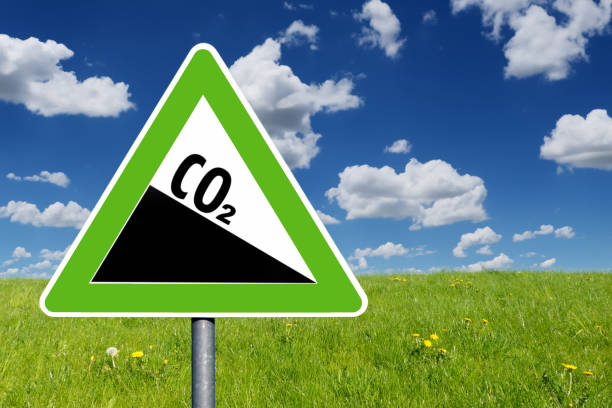The Significance of Biomass Pellet Production in Reducing Carbon Emissions

In an era marked by growing concerns about climate change and environmental sustainability, the significance of biomass pellet production cannot be overstated. Biomass pellets are a renewable energy source that has gained traction as an environmentally friendly alternative to fossil fuels. This article explores the critical role biomass pellet production plays in reducing carbon emissions and its broader impact on mitigating climate change.
Introduction
The Carbon Emission Challenge
The world is grappling with the adverse effects of carbon emissions, primarily driven by the burning of fossil fuels such as coal, oil, and natural gas. These emissions contribute significantly to the greenhouse effect, leading to global warming and climate-related disasters.
Biomass Pellets as a Solution
Biomass pellets are derived from organic materials like wood, agricultural residues, and even dedicated energy crops. Unlike fossil fuels, biomass is considered carbon-neutral because the carbon dioxide (CO2) released during combustion is offset by the CO2 absorbed by the plants during their growth. This characteristic makes biomass pellets a sustainable energy source with immense potential for reducing carbon emissions.
The Benefits of Biomass Pellet Production
1. Renewable Energy Source
Biomass is a replenishable resource, making it a sustainable long-term energy solution. As long as forests are managed responsibly and crops are cultivated, the supply of biomass remains consistent.
2. Carbon Neutrality
The combustion of biomass pellets releases CO2, but this is part of a natural carbon cycle. It differs from burning fossil fuels, where carbon is released from underground storage.
3. Reduced Greenhouse Gas Emissions
Switching to biomass pellets significantly reduces greenhouse gas emissions, including methane and nitrous oxide, compared to traditional fossil fuels.
4. Local Economic Benefits
Biomass pellet production often occurs in rural areas, creating jobs and stimulating local economies.
Biomass Pellet Production Process
1. Feedstock Collection
The first step involves gathering biomass feedstock, which can include wood chips, sawdust, agricultural residues, or energy crops.
2. Drying and Size Reduction
The feedstock is dried and reduced in size to facilitate the pelletization process.
3. Pelletization
4. Quality Control
Stringent quality control measures ensure that the pellets meet specific standards for moisture content and energy density.
5. Packaging and Distribution
The final pellets are packaged and distributed to consumers, including residential heating systems and industrial power plants.
Environmental Impact
1. Reduced Air Pollution
Burning biomass pellets produces fewer pollutants such as sulfur dioxide and particulate matter compared to fossil fuels, leading to improved air quality.
2. Lower Energy Production Costs
Biomass pellets can offer cost advantages, particularly when compared to volatile fossil fuel prices.
3. Decreased Reliance on Fossil Fuels
Increased use of biomass pellets helps reduce dependence on fossil fuels, enhancing energy security.
Conclusion
Biomass pellet production plays a crucial role in reducing carbon emissions and combating climate change. Its renewable nature, carbon neutrality, and positive impact on local economies make it a compelling choice for transitioning to a more sustainable energy future.
Pellet Production Line
Core Equipment of Wood Pellet Production Line
RICHI Pellet Machine For Sale
- Wood Pellet Mill For Sale
- Grass Pellet Making Machine For Sale
- Straw Pellet Machine For Sale
- Rice Husk Pellet Machine For Sale
- EFB Pellet Machine For Sale
- Organic Fertilizer Pellet Machine For Sale
- Cat Litter Pellet Making Machine For Sale
- Textile Cord Pellet Machine For Sale
- Paper Pellet Making Machine For Sale
- Pellet Maker For Pellet Stove

